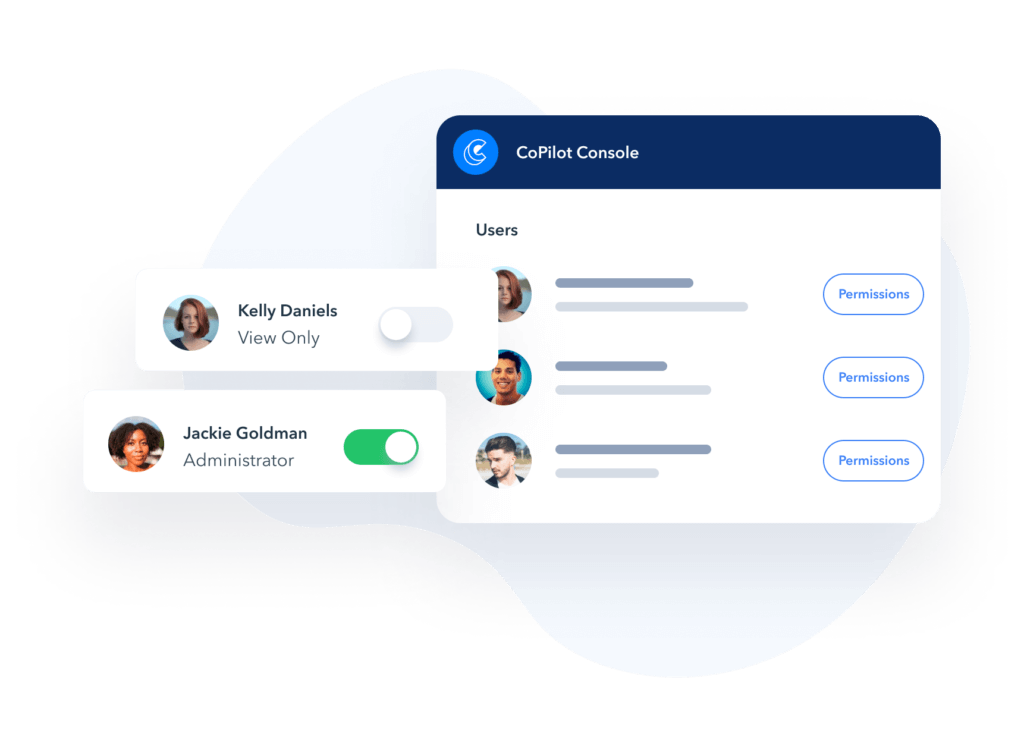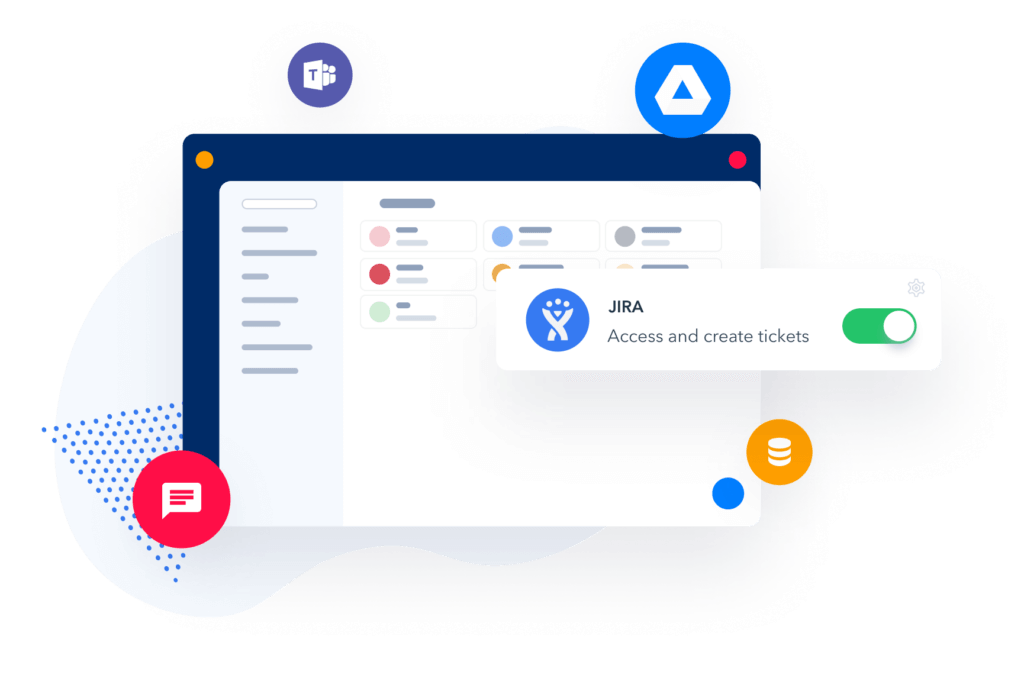Ease of implementation.
It’s important not to look at this as an overnight process. In fact, full implementation can take months or even years. The problem is that legacy systems hold back many organizations. Additionally, it’s vital to start with a solid foundation including searching for opportunities and the outcome beyond ROI such as legal or ethical ramifications.
Next, you’ll want to organize your infrastructure for success. Any AI solution you choose should complement the systems and processes you already leverage.
Security features.
For enterprise AI, security must be the highest priority. Not only will this help to safeguard your business investment, but it will also ensure the protection of your users’ privacy.
In terms of the entire lifecycle, you will need to integrate security from start to finish. The devices that run new AI technologies must adapt to the evolving landscape of cyberthreats. Look for solutions that have incorporated enterprise-level security. Further, it needs to be baked-in from the cloud infrastructure through the neural network processing system.
User access permissions.
How might artificial intelligence help? So often with data breaches it’s not the management of the identity that is the cause, but the transfer of credentials to an unknown party. While least privilege access control does afford some protection, there are clearly shortfalls. Identity management and access control have always been two sides of the same coin, but in the future, AI will be the glue to bind them together to much greater effect.

Many times, user error is the culprit in expensive data breaches. Credentials can easily be transferred to a threat actor through a simple phishing email. With access control, you can expect a certain degree of security. With the addition of AI, identity management and access control can work together more seamlessly.
And, even with biometric passwords on the rise, AI can already identify users via sound and sight. For example, your banking institution may already use voice recognition to ensure it is you. Going deeper, AI can learn when and how to grant access and execute as needed. If you thought biometric passwords were the final frontier, think again.
Advanced reporting.
When you bake enterprise AI into other technologies such as IoT, blockchain, ERP, and analytics, you unleash even more power. Eventually, it will be integrated with quantum computing. The benefits of analytics and AI combined is the prospect of filtering big data to find patterns and exponentially improve insights for every business need.
Does it integrate with other apps?
Today, we live in an environment driven by machines. Our lives have become easier in the process. Everything we need is available with a tap. Not only can we receive gratification in an instant, but we can also get personalized offerings.
With regard to easy integration, AI is designed to work 24/7. For its algorithms to produce optimal results, it needs a consistent flow of new data to identify patterns and learn. When data is outdated, AI performance starts to degrade. And, to improve integration, models need continuous testing and updates.

Is it extensible?
AI implementations can be lengthy. Depending on the scope of the project, implementation can last anywhere from six months to three years. After implementation, AI software should support an organization for at least five to ten years. As you can imagine, choosing an AI solution to scale with your business is an important consideration when selecting an AI system or platform.
Your project scope and implementation timeline could range from months to years. But after deployment, you should expect your AI solution to effectively support your organization for a minimum of five years or more. Not only is the implementation an investment in time, it is also an investment in research and resources. As a result, scalability is critical. When new markets arise, and your data volumes increase, your chosen AI solution should be able to manage it all.
Is there ongoing support and training?
AI is constantly changing, so it comes as no surprise that there’s a constant need for training. What people learned ten years ago may no longer be relevant. The systems put in place five years ago have now changed. Add to that a multi-generational workforce and a mix of preferred ways of working, and it’s no wonder staff may be overwhelmed by all the new and existing platforms. The key to successful AI implementation is to see training and support as an ongoing process, not a singular event.
Without question, enterprise AI will change your current work processes and workflows. And, the processes will be modified as they are changed. Some processes, formerly run by humans, will be managed by AI moving forward. These displaced roles will be revised and new roles will be created.
With all the changes taking place, enterprises need to ensure they take the quickest and most effective route towards improved productivity. To thrive in the digital world, enterprises must also have a workforce with continuous learning embedded in their culture.











































